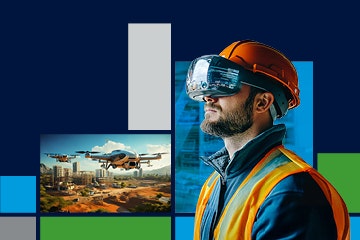What innovations will drive construction over the next 25 years?
Looking forward to 2050, construction sites and contract management will be unrecognisable with the use of robotics, modular construction, self-repairing materials, and billions, if not trillions, of data sets measuring and predicting site performance and contract outturns. Real-time changes and data interpretation will occur every millisecond. An industry constrained by overburdening regulation, such as planning, will find automation and standardisation a fundamental necessity to simplify processes and create efficiency.
The step from today to 2050 requires investment, innovation and a cultural shift to effect change. There is a need for better governance and risk management, operational through to board level, without creating extra burden. The industry needs new skills and must review its processes from bid through to delivery, creating collaboration, simplification, and shared risk and responsibility in the supply chain.
Our Building the Future insights look at different aspects of business transformation as the industry moves into new territories and reflects on what the future holds.
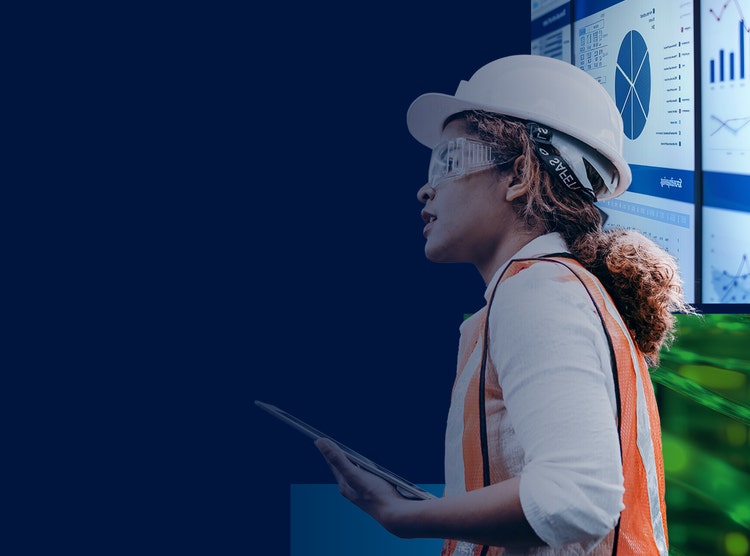
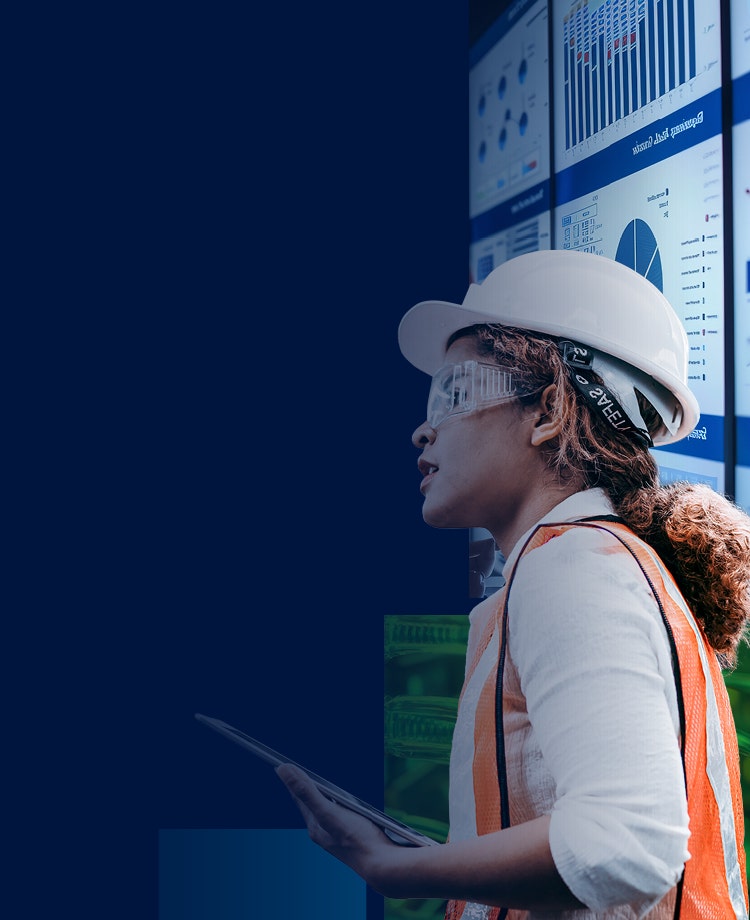
Insight
Governance: the construction board function of the future
What issues should be on the top of the board’s agenda in the current construction climate?
false
false
false
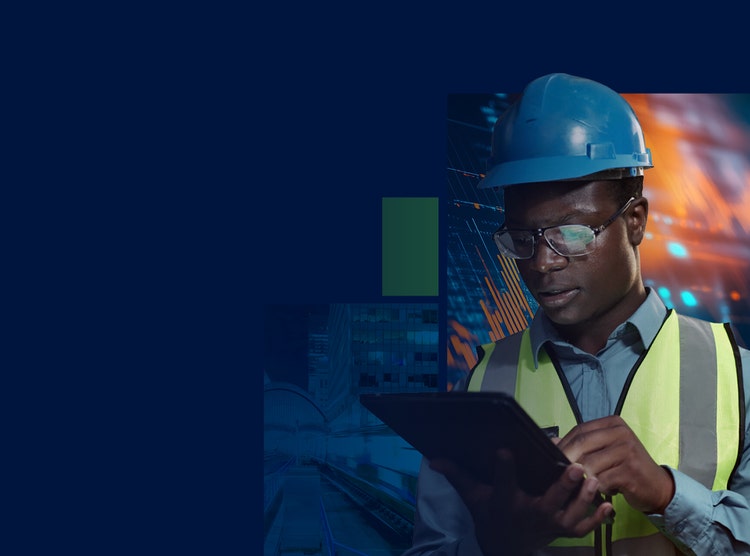
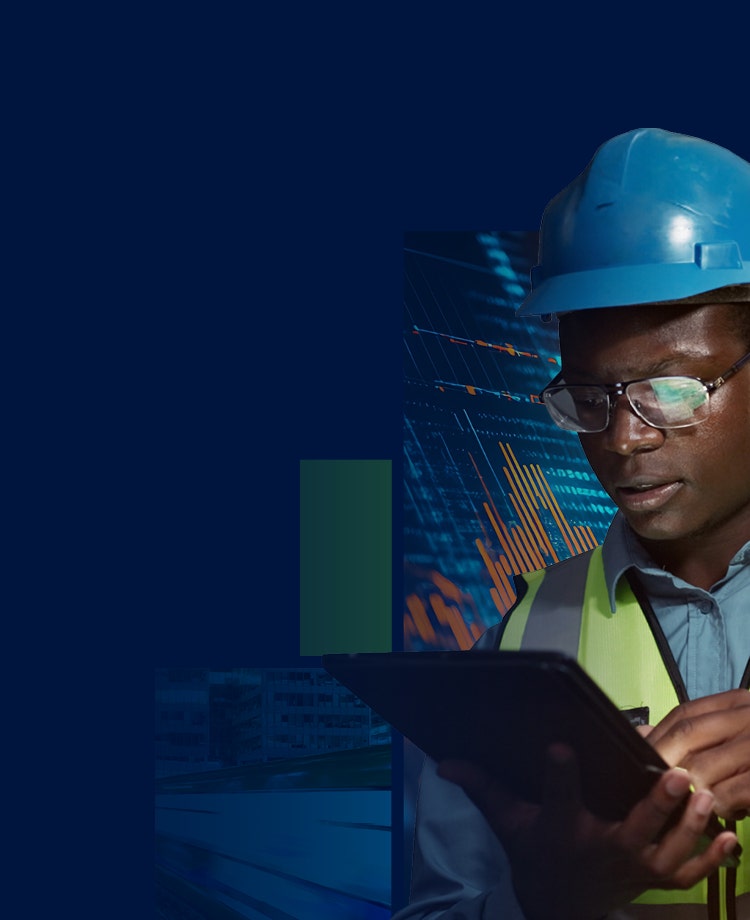
Insight
Minimising procurement risks with a digital approach
How can the industry effectively manage risks and what are the challenges to changing the procurement process?
false
false
false


Why do we need smart cities?
Join RSM's head of construction on our tech podcast to dive into the innovations that are revolutionising the industry and building smarter, sustainable cities.
false
true
false


How does the construction industry innovate to build housing
In RSM UK’s latest episode of The Loop discover how the construction sector can build more efficiently and what the future holds for housing in the UK.
false
true
false


Sign up to our insights
Interested in more on Real Estate and Construction?
true
true
false

